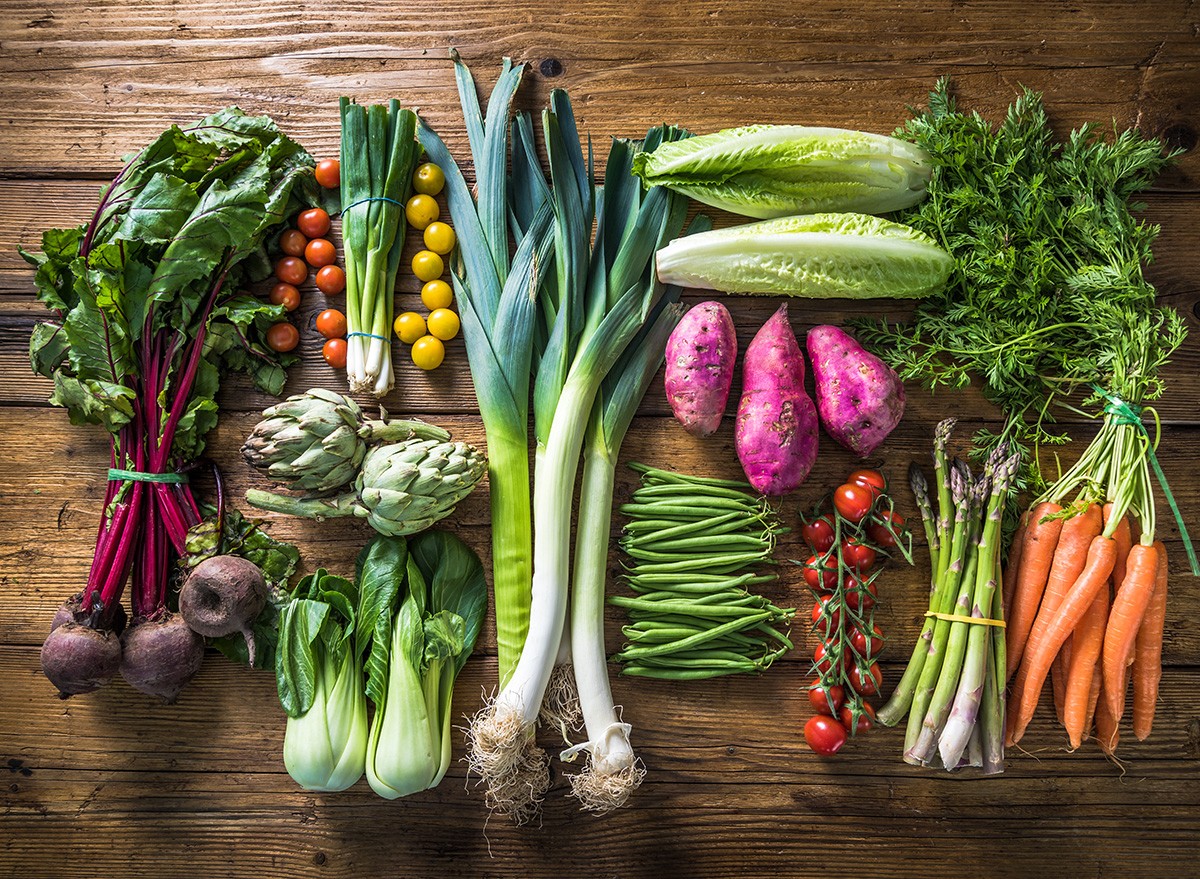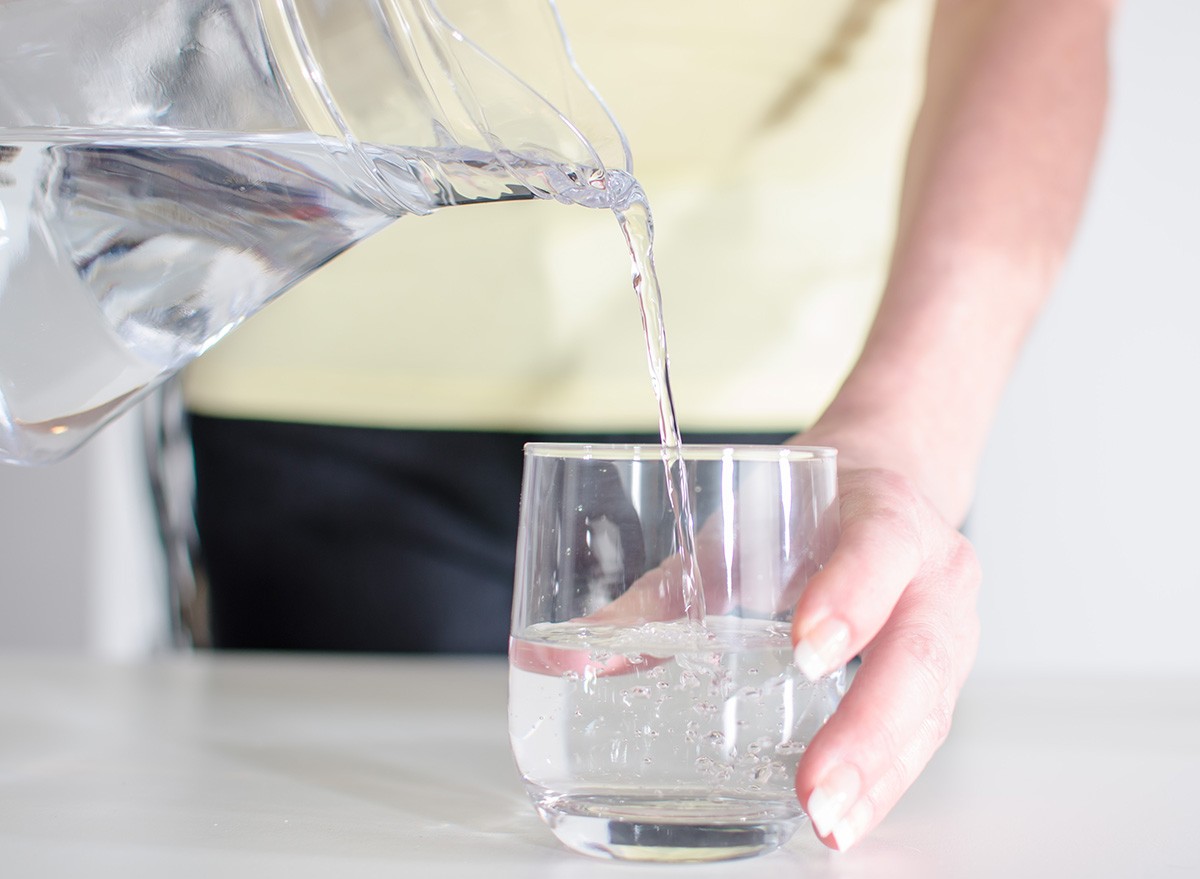7 Ways to Lose Weight Faster on Ozempic, According to an Expert

Are you on Ozempic or another GLP-1 and want to lose weight faster? "WARNING: Scrolling past the 7 W's is a GLP-1 Mistake!" Aliza Olive, MD, a weight loss expert who co-founded GLP1Enhanced to help people on their weight loss journeys, writes in a new social media post. "You know that feeling when you're doing all the things… but the scale's moving slower than a sloth on NyQuil? Ever feel like you're missing the secret sauce? Like, what's the ONE thing keeping the scale from budging? So, you start searching for the one missing piece—maybe a secret supplement or that one viral hack… Except, real results don't come from magic. The real results, that will last a lifetime, come from mastering The 7 W's," she claims. Here they are:
Weights
Weights, aka strength training, is a great way to lose weight faster on Ozempic. "Lift at least 2x per week. Muscle = faster metabolism = easier fat loss," says Dr. Olive. According to the Mayo Clinic, strength and weight training help reduce body fat, preserve and increase lean muscle mass, and burn calories more efficiently. Strength training may also help you:
- Develop strong bones
- Manage your weight
- Enhance your quality of life
- Manage chronic conditions
- Sharpen your thinking skills.
Whole Foods

Designing your diet around whole foods is also helpful. "Protein, fiber, and nutrients first (especially on GLP-1s)… but still room for the foods you love. Balance wins every time," she writes.
Water

Water and hydration are also essential. "Helps keep things… moving and keeps fake hunger at bay," Dr. Olive explains. According to the Mayo Clinic, hydration is essential for various reasons. Water helps eliminate waste through urination, perspiration, and bowel movements, keeps your temperature regular, lubricates and cushions joints, and helps protect sensitive tissues.
Walking

Dr. Olive also recommends walking 8- 10k steps daily. It helps with "digestion support + calorie burn without exhausting yourself," she says. A 2018 study published in Obesity found a link between walking 10,000 steps a day and weight loss and weight management. Other studies published by the Journal of the American Medical Association (JAMA) in JAMA Neurology and in JAMA Internal Medicine also linked walking 10,000 steps a day to less dementia and less cardiovascular disease overall, with less heart disease, less heart failure, and fewer strokes.
Wake Up

She also recommends waking up at a reasonable time. "Stop snoozing. The longer you lay there, the more excuses creep in. Just get up," she says.
Wins

She also recommends focusing on wins. "Start your day with one small win (like water before coffee) and ride that momentum," she says.
Weekends

And, finally, don't neglect yourself on weekends. "Not every weekend is special. If they all were, none of them would be. Find ways to enjoy yourself without feeling like Monday is a reset," she says.
Bottom Line

The bottom line? Consistency and good habits will take you fat. "No gimmicks. No magic pills. Just small, powerful shifts that actually work," she concludes. And if you enjoyed this article, don't miss 20 Incredible Ozempic Success Stories of All Time.




